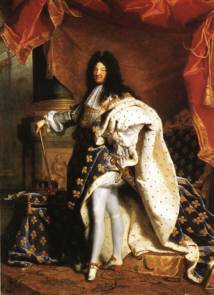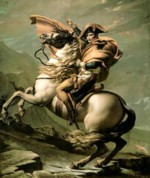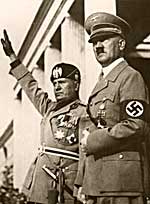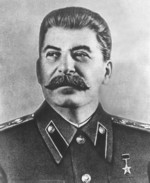Hist
2c, L 15: Authoritarian Governments
by Prof. H. Marcuse, May 20, 2003
Question: What is the most effective way to quickly modernize a state or society?
Short answer: Tight control in the hands of an authoritarian leader.
- Concepts: violence
- Examples: authoritarian rule over the centuries
Last Time
How to make LASTING changes in history:
- Not by reform from above (alone) (Turkey)
- Violence only as counterviolence (suffrage)
- Education (changing ideas) of elite only is not enough
- The affected groups have to fight for it themselves (suffragettes
vs. women in Turkey)
- Marx: People are only moved to fight when the economic conditions are right
Pros and cons of violence
Types of violence
- terror (from "above" and "below")
- "structural" (institutional, legal)
For effecting (lasting) change
- As a tool of those in power
Examples:
- As a tool of those seeking power
Examples: (Emmeline: Men understand only…)
Does violence beget violence?
Film clip: Russia 1900-1995
CNN, ca. 2000, 6 mins.
- Military parade of the early 1980s
- World War I: Germans let Lenin back
- Lenin followed by Stalin:
"socialism in one country"
- WW2: 1940 Russo-Finnish War,
June '41 Germans
- Khruschev in 1950s-60s (Cuba, JFK)
- 1956 Hungary, 1968 Czech, Poland, …, Afghanistan
- 1989 pulling down Berlin Wall
- Gorbachev, Yeltsin, George Bush I, Saddam Hussein
Authoritarian Rule
- subjection to authority vs. individual freedom
- When can individual freedom be guaranteed? Conditions:
- Economic Security
- International Security
- Democratic Institutions
- Exercise of authority depends on the nature of society (customs, "culture"),
and the world-historical stage
(Th. Kuhn's paradigm theory: appropriate match)
 Authoritarian
Rule: Ex. 1: Absolutism
Authoritarian
Rule: Ex. 1: Absolutism
- "L'état, c'est moi"
(The state, that's me)
state=ruler
- The king is above the law ("legibus solutus")
Followed by world-histor. developments
- Enlightenment: democracy
- French Rev.: nationalism
- new social classes
 Authoritarian
Rule: Ex. 2: Bonapartism
Authoritarian
Rule: Ex. 2: Bonapartism
- "It is with trinkets that mankind is governed"
- supported by rural conservatives AND urban "liberals" (old sense)
(against industrial "proletariat")
- Inverts absolutism & democracy
approval by plebiscite; no constr.
- bur. modernization "from above"
Followed by world-hist. devel.
- Industrialization: revolutions in transportation, production, communication,
administration
- Ideas: Social Darwinism
(race theory of societies)
 Authoritarian
Rule: Ex. 3: Totalitarianism
Authoritarian
Rule: Ex. 3: Totalitarianism
- "Ein Volk, ein Reich, ein Führer" (people=state=leader)
- Leader with MASS PARTY following
- Everything subordinate to goal
- Attempt to control all aspects of life:
private (what people think) and public
Followed by world-hist. devel.
- int'l markets (Great Depr.)
- atomic age
- biological and e-revolutions
Authoritarian Rule: Ex. 3a: Fascism (Italy)
- Squadristi: terror squads of the fascio di combattimento (1920)
(Roman symbol: bundle of rods)
- March on Rome, Oct. 26, 1922
Authoritarian Rule: Ex. 3b: National-Socialism
 Socialists
(Sozialisten): Sozis
Socialists
(Sozialisten): Sozis
(Reichsbanner: National flag)
National-soc.: Nazis- SA: Sturm-abteilung: storm division
party roughneck squads
- SS: Schutz-staffel: protective form.
Hitler's personal bodyguard (at 1st)
Authoritarian Rule: Ex. 3c: Stalinism
- "Socialism in one country"
- rapid industrialization
lecture by H. Marcuse on 5/20/03; outline
prepared for web on 5/23/03.
back to top, to Hist 2c homepage
 Socialists
(Sozialisten): Sozis
Socialists
(Sozialisten): Sozis Authoritarian
Rule: Ex. 1: Absolutism
Authoritarian
Rule: Ex. 1: Absolutism
 Authoritarian
Rule: Ex. 2: Bonapartism
Authoritarian
Rule: Ex. 2: Bonapartism
 Authoritarian
Rule: Ex. 3: Totalitarianism
Authoritarian
Rule: Ex. 3: Totalitarianism
 Socialists
(Sozialisten): Sozis
Socialists
(Sozialisten): Sozis